September 28, 2012 | PG | 2h 7min
“Life of Pi,” director Ang Lee’s 3-D film from the same-titled 2001 best-selling novel, is a sort of mash-up of “We Bought a Zoo,” “ Best Exotic Marigold Hotel,” “Castaway,” and “Meet the Patels.” “Life of Pi” is an enchanting coming-of-age story.
What Goes On
re’s an Indian boy named Piscine Patel. His family owns a zoo. His first name means swimming pool, in French, which naturally serves up a lot of teasing at school, so he changes it to Pi, and memorizes that entire famous mathematical number to prove it. But the other kids, of course, refuse to relinquish “Piscine;” it’s just too much fun to say, especially when you replace the “e” with a “g” at the end of it. Children are cruel.
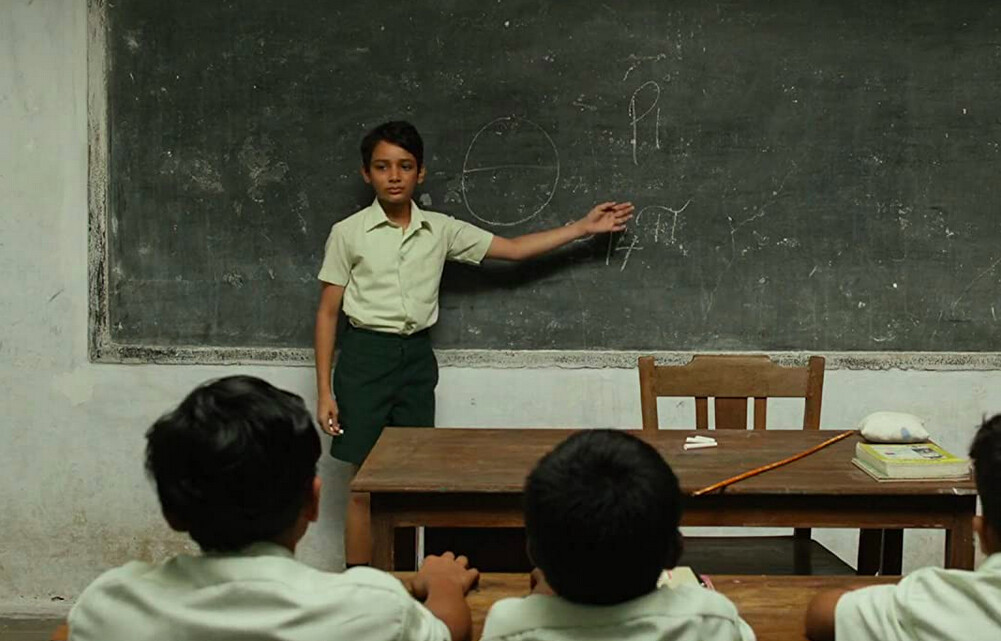
Pi is a very earnest boy. A seeker. His father advises that he start with science, but Pi’s not having any of that. He experiments with Christianity, Buddhism, prays to Mecca, and so on. His family members chuckle at his existential queries on an ongoing basis.
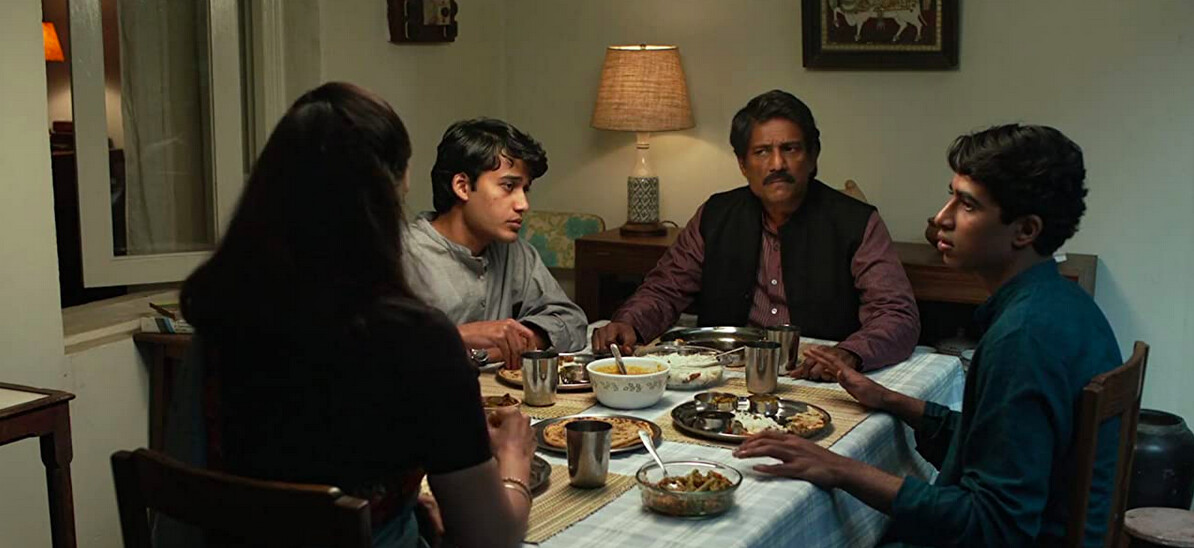
family zoo has an adult Bengal tiger named Richard Parker. Richard Parker? Yes. How can one not love a movie where the tiger is named Richard Parker?
One day, Pi’s dad feeds Richard Parker a live goat in an attempt to wake up his young, idealistic, pacifist son to the fact that not everything is peace and love—and that a tiger such as Richard Parker is not a friend of humans. Nature is cruel.
From India to Canada
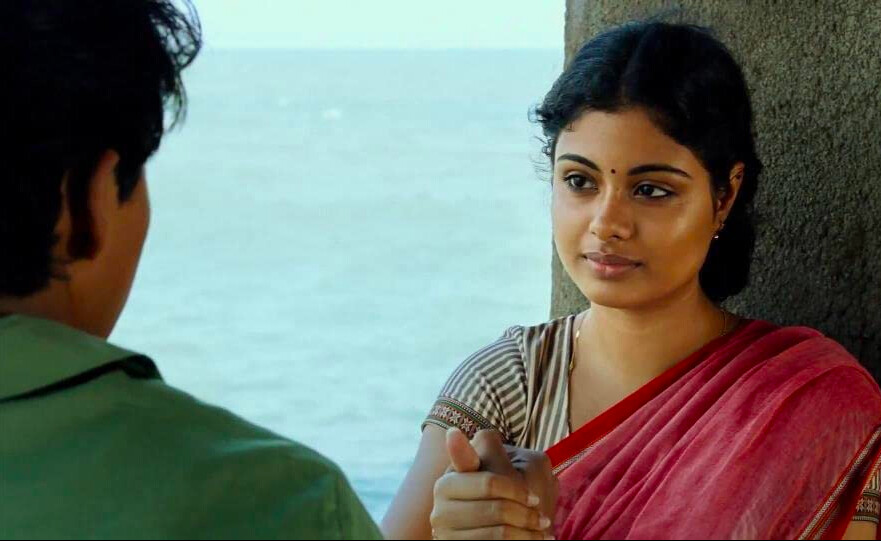
Pi loves a pretty girl. family decides to ship from India to Canada. Pi is brokenhearted. Destiny is cruel. And then, as if Pi didn’t have enough problems, the Japanese freighter with the family zoo on board capsizes in a storm. only one surviving, in a lifeboat, is the 16-year-old formerly known as Piscine, along with a zebra, a hyena, an orangutan—and Richard Parker.
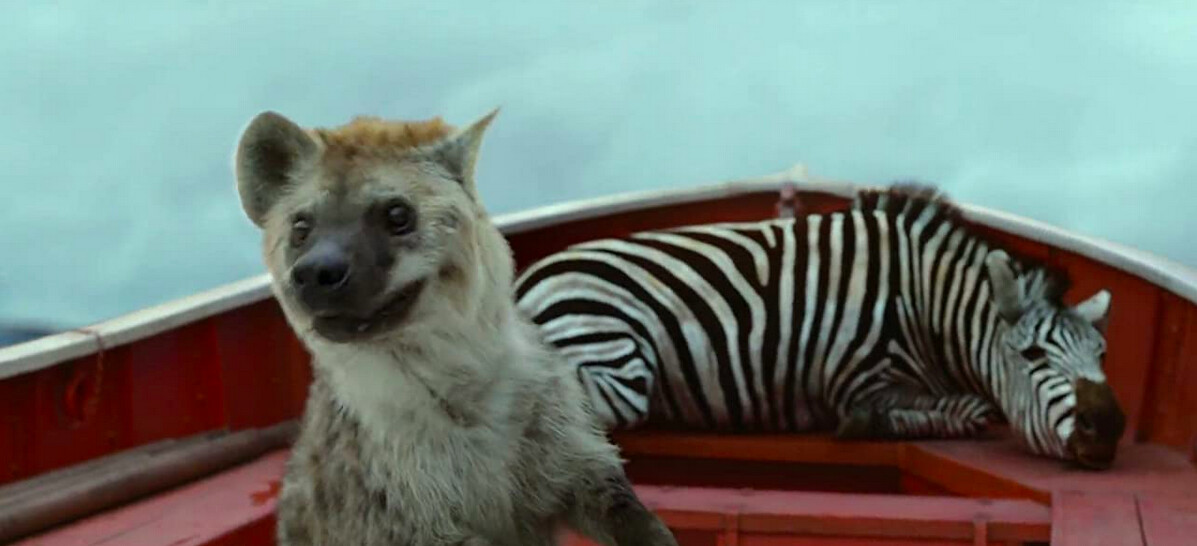
Pi’s Ark
And here, on Pi’s Ark, as he calls it, is where the fun begins. All of the above is quaint, cute, very whimsical, and a little bit magical. Let it be noted, however, that the whole opening credit montage, accompanied by shots of the family’s zoo animals, is unfortunately accompanied by such cloyingly cutesy music that it nearly sinks the whole movie in sentimental treacle.

Treacle notwithstanding, the entire midsection of the movie is brilliant. On the surface of it it’s a survival story of a boy and a tiger on a lifeboat, but ultimately, it’s an oceanic vision quest.
What’s a vision quest? It’s the traditional boyhood-to-manhood rite of passage for most of the native tribes of the Americas. A boy at age 13 goes out into the wilderness or desert, alone, draws a 10-foot circle on the ground, and stays inside that circle (except for a latrine dug a ways off) for four days and four nights. Usually he’s naked.
For modern folks who are now bringing this powerful life-tool back, naked just means: no phone, and therefore also no texting, talking on the phone, social media, YouTube, Google, music. No journals and writing utensils. No books. No tent, even. No food. Water. Gotta have a gallon a day of water. No distractions whatsover. But that’s it. Just the quester and his/her inner demons and fears and addictions, sitting around having a chat for four days. Of course, some of today’s starved-for-meaningful-experiences young gen Z-ers get out there and get naked for real.
What’s the ultimate purpose of a quest? Aside from toughening up from having to endure hunger, sleeping in the dirt with bugs crawling around in the night (and snakes) and inclement weather with no tent, the purpose of the quest is that it creates such a powerful alternative reality due to fasting and lack of creature comforts, that it can bring vivid dreams and hallucinations. Visions. se visions will enlighten the quest-er to what his or her life’s purpose and raison d’être as an adult will be.
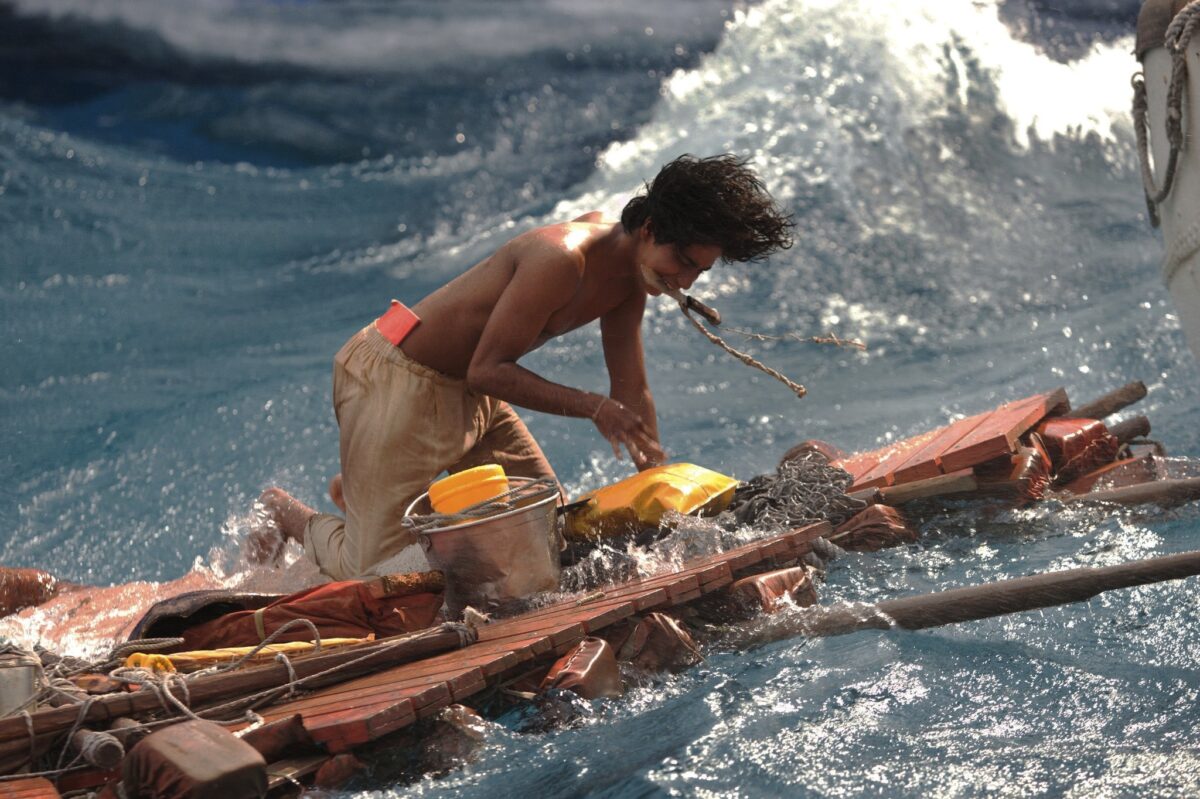
‘Castaway’ Portion
This is the “Castaway” section, wherein Pi tinkers with a survival manual. He jury-rigs a second life raft out of lashed-together life jackets and spare oars so he can avoid Richard Parker. He rigs a sail and a sunhat. He learns to fish.
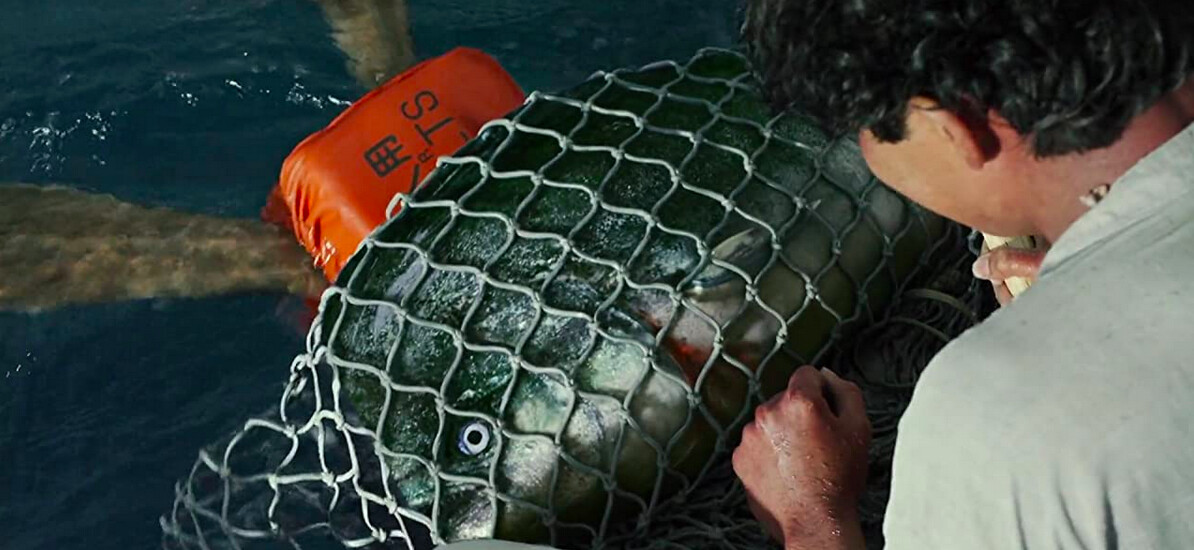
thing of it is, he’s got to feed Richard Parker. Tigers are powerful swimmers, and if Richard Parker gets hungry enough, he’ll leave the life boat and come for Pi on the raft, and Pi will immediately become like that other famous oceanic vision-quester, Jonah, except not in the belly of a whale. constant vigilance is a blessing in disguise. As Pi wryly notes, “Richard Parker keeps me alive.”
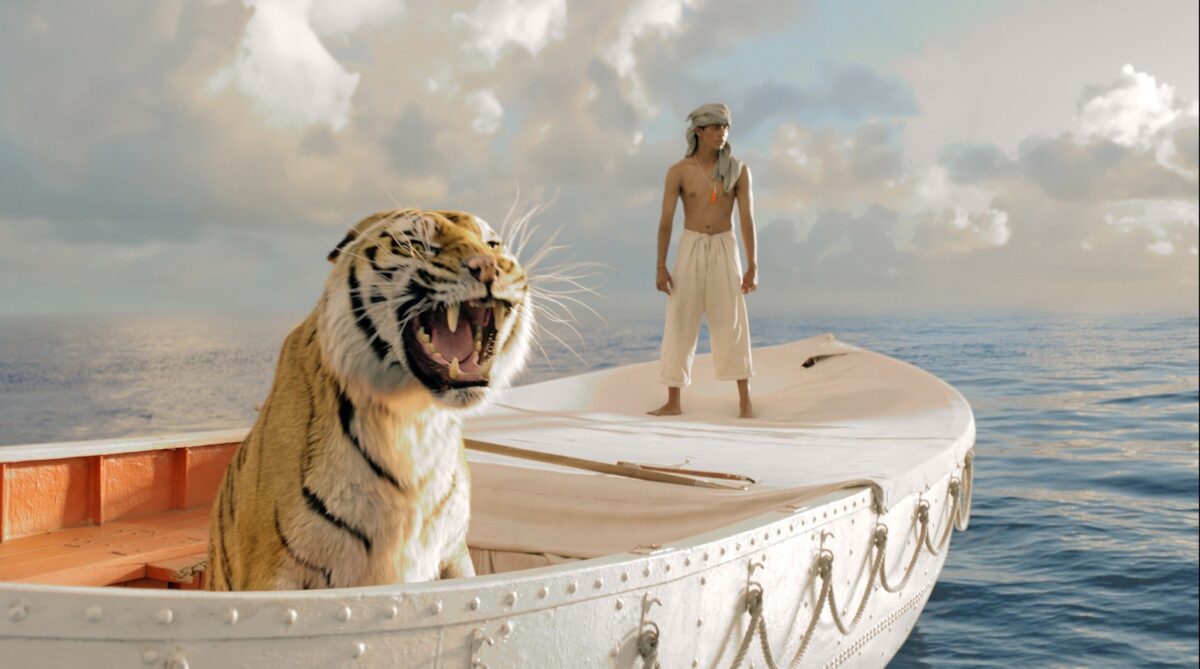
ocean set piece is breathtakingly beautiful. We see the moods of the ocean, from stormy ferocity to tranquil glassiness. We experience oceanic wonderment as the camera (and topnotch CGI) dip beneath the surface and show the marine life beneath the boat and raft.

We experience flying fish, otherworldly phosphorescence, a lifeboat-dwarfing shark, and an unexpected, gargantuan, nighttime whale breaching. This is movie-making at it’s best; we are transported to another world.
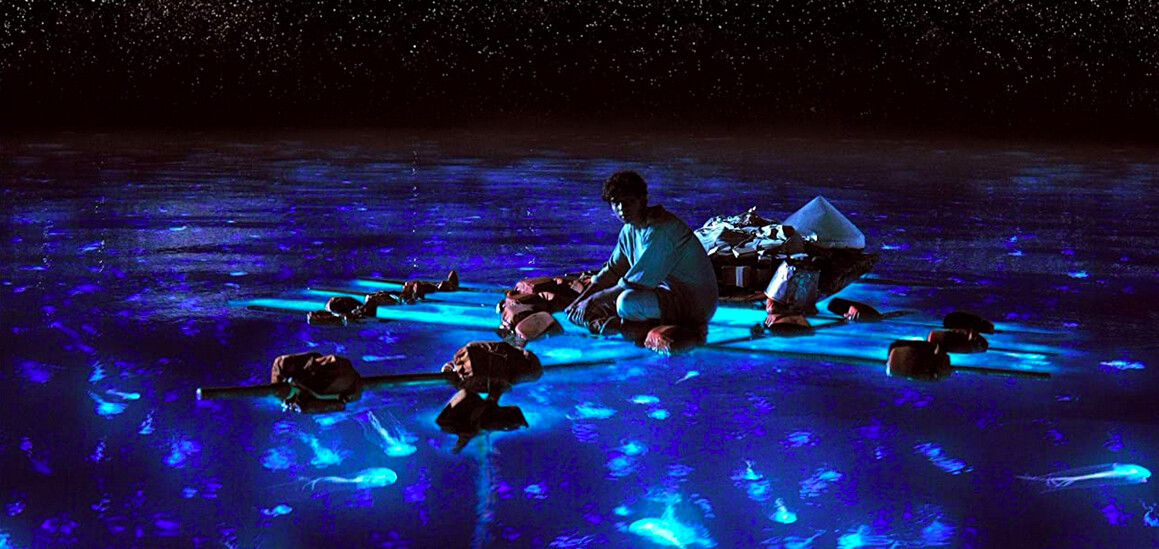
Two Problems
One of the best things about “Life of Pi” is that it’s a powerful coming-of-age story. It demonstrates exactly how overcoming a life-threatening ordeal forges true manhood. worst thing about the movie is that we don’t get to see the finished product; we needed to witness that transformation and see the emerged man, with a face set in stone, with all traces of the boy gone forever.
But here, the sensitive boy remains in the end. That’s unsatisfying. However, he does leave us with a powerful message—the vision of his quest: “ act of life is about letting go,” the former Piscine at one point says. When we can truly do that, God will save us from sharks, storms, tigers, a lack of potable water, and harm from any bugs crawling in our sleeping bags. That letting go includes letting go of fear. It is the forging of faith.
second problem is the surprising question at the end about which story we prefer (the mention of which may be a bit of a spoiler). However, it must be said that if your answer is that you prefer the first story, because stories are always better with God in them, then this is suggesting that God is just a story that we prefer, and I personally have a problem with that. You may not.
Of course, it could also mean that we like it better because it is truer, but truth doesn’t seem to be what the book and movie are about, and this results in an ending—again, for some—that’s as sour as the beginning of the movie is treacely sweet. All in all, though, “Life of Pi” comes down more heavily on the inspiring side.
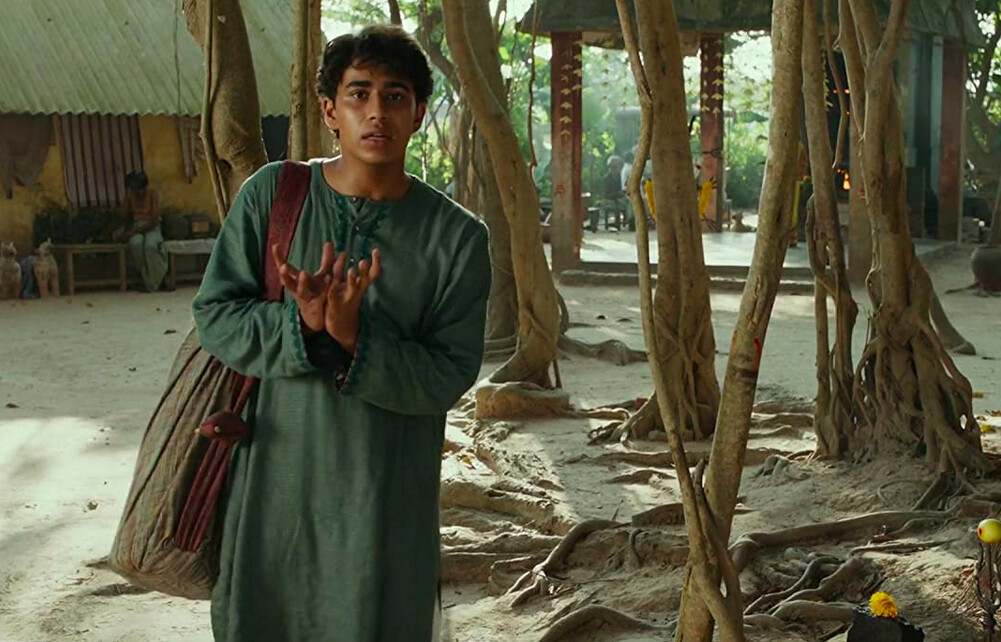
‘Life of Pi’
Director: Ang Lee
Starring: Suraj Sharma, Adil Hussain, Irrfan Kahn, Tabu, Rafe Spall, Gérard Depardieu
Running Time: 2 hours, 7 minutes
MPAA Rating: PG
Release Date: Sept. 28, 2012
Rating 3.5 out of 5 stars
Pezou : Popcorn and Inspiration: ‘Life of Pi’: Forging of Faith